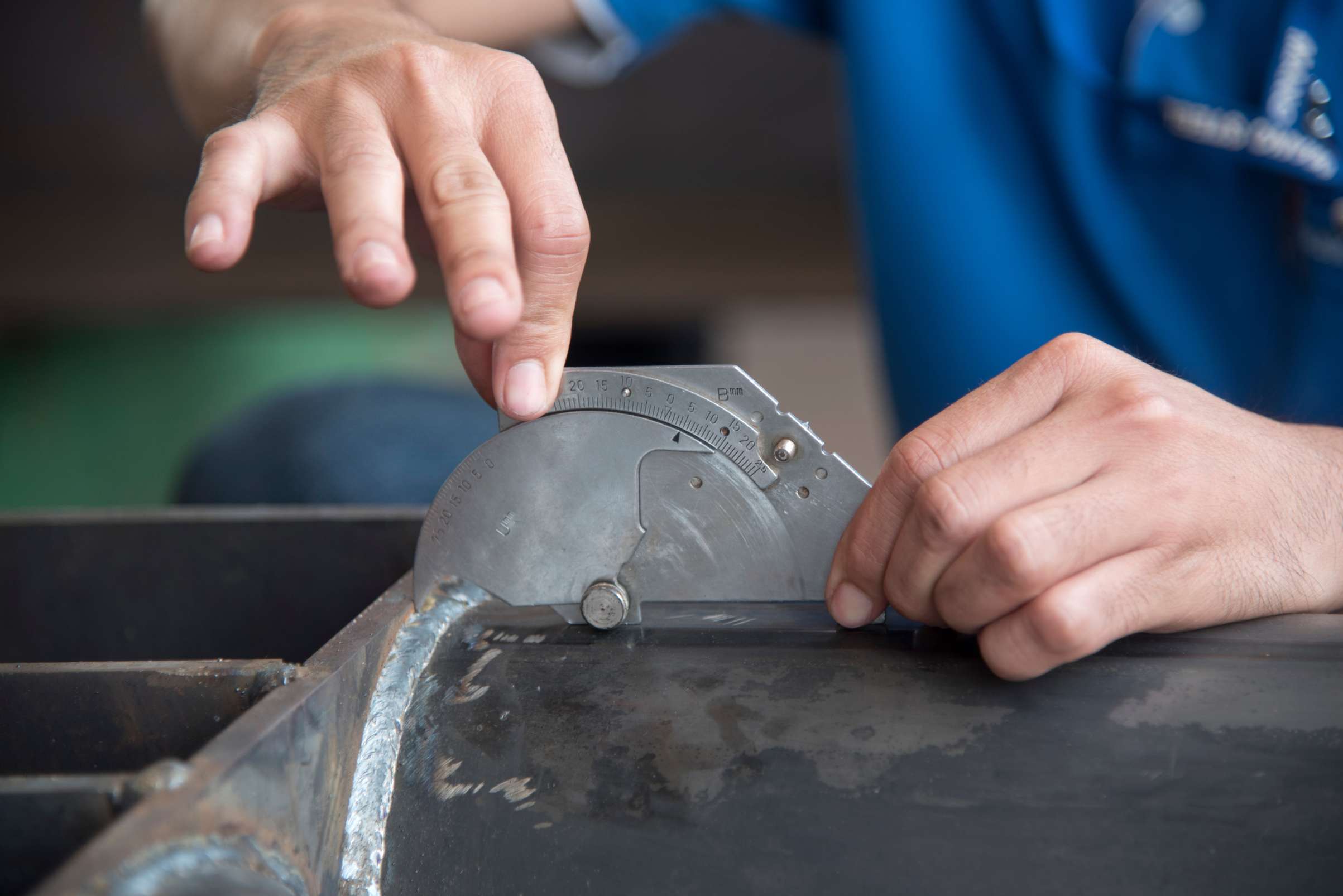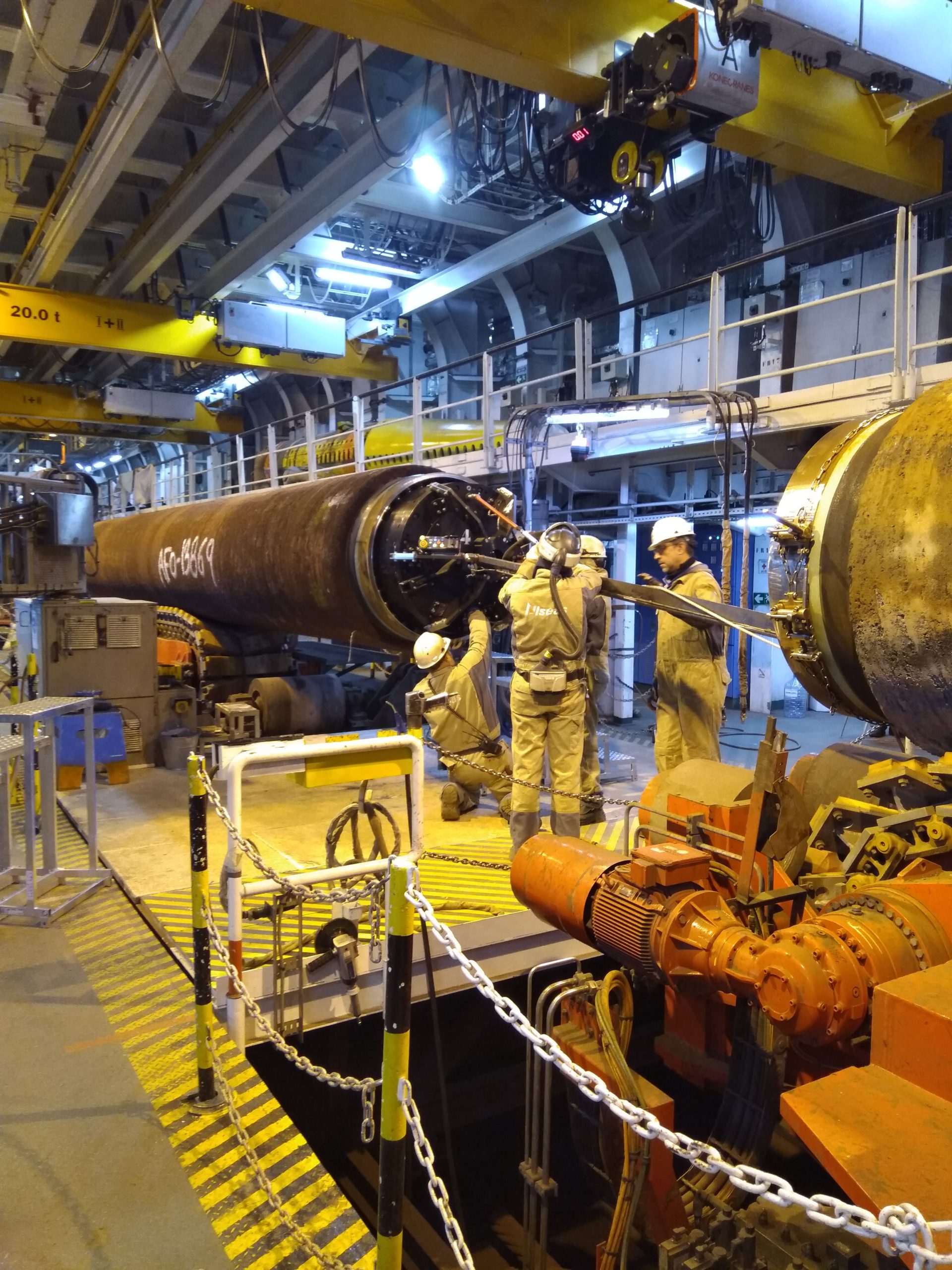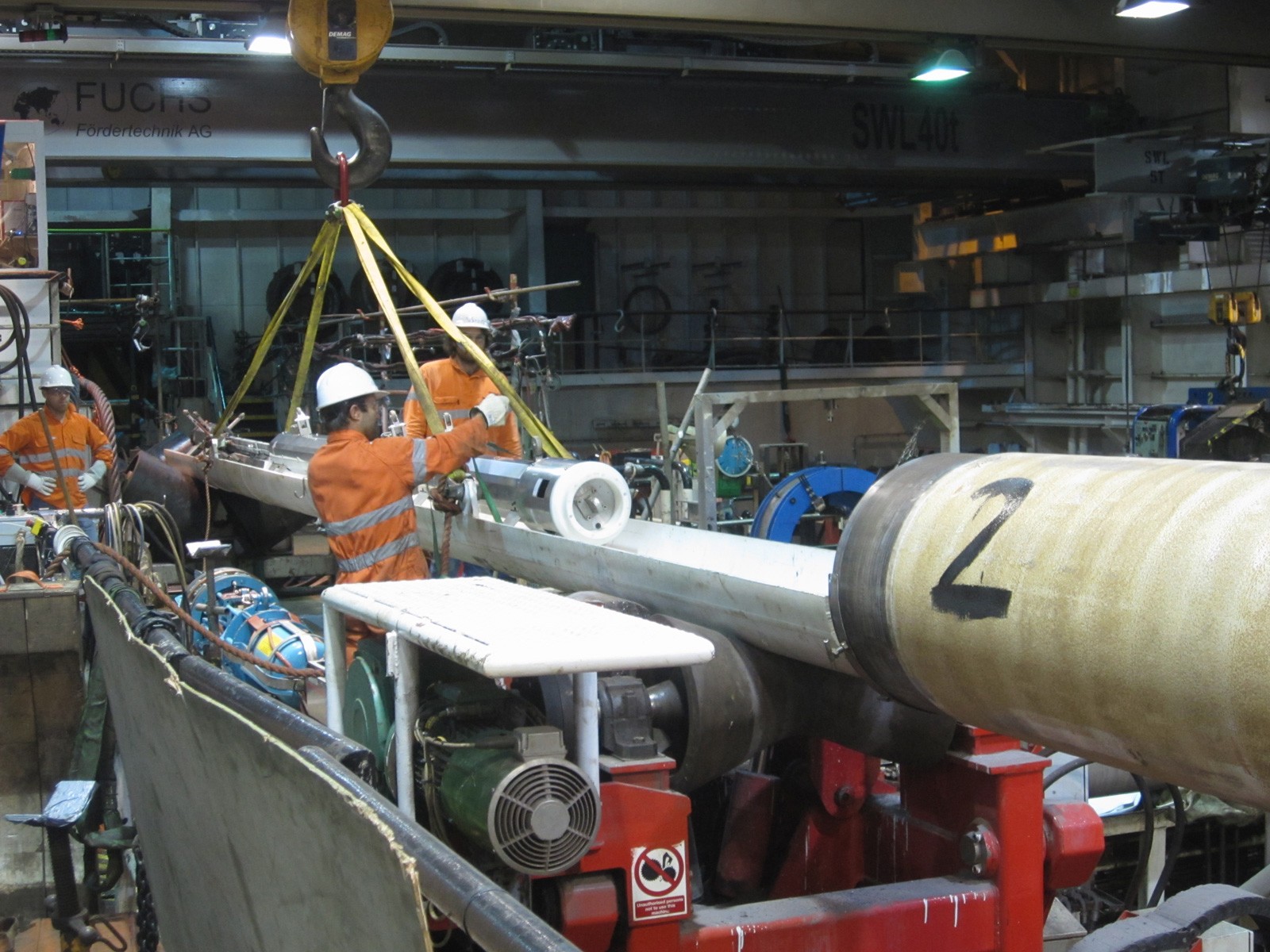Advanced Techniques in Pipeline Welding Inspection: Technologies and Technologies for Improved Precision and Reliability in Weld Analysis
The landscape of pipe welding inspection is undergoing a substantial makeover, driven by innovative methods that guarantee to enhance both accuracy and reliability in weld assessments. Innovations such as computerized inspection systems and advanced imaging modern technologies are redefining standard methods, while non-destructive screening techniques ensure product stability is preserved.

Importance of Weld Assessment
Making certain the integrity of pipeline welds is crucial to the general security and integrity of commercial systems. Welds serve as the structural backbone of pipelines, which carry a variety of liquids under differing stress. Defects in welding can lead to disastrous failings, leading to not just significant economic losses yet also prospective environmental disasters and risks to public safety. Consequently, strenuous inspection of welds is indispensable to the lifecycle of pipeline infrastructure.
The importance of weld examination expands past mere compliance with governing requirements. It functions as an aggressive action to determine and correct flaws, such as insufficient fusion, porosity, or cracks, prior to they intensify into major issues. Reliable assessment strategies additionally add to the longevity of pipelines, reducing upkeep expenses and improving functional effectiveness.
Additionally, extensive weld evaluations foster trust amongst stakeholders, including regulative bodies, capitalists, and the neighborhoods served by these pipelines. By ensuring that all welds fulfill the needed standards, companies can alleviate dangers and copyright their track records. In recap, weld assessment is vital not just for operational integrity however additionally for the wider ramifications it holds for safety and ecological stewardship.
Automated Examination Solutions
The combination of automatic examination systems in pipeline welding has changed the method to making certain weld high quality and integrity. These systems use sophisticated robotics and expert system to conduct assessments that are not just faster however additionally much more constant than typical methods. Automated systems can cover substantial sizes of pipes effectively, recording data that human assessors might forget due to fatigue or environmental conditions.
One of the crucial benefits of automated examination systems is their ability to operate in hazardous environments, minimizing the risk to human examiners. They utilize different non-destructive screening (NDT) techniques, such as ultrasonic testing and magnetic bit assessment, to analyze weld honesty without compromising the structure. The data collected is processed in real-time, permitting immediate feedback and prompt corrective actions when problems are determined.
Moreover, automated systems promote the standardization of assessment procedures, making certain that each weld is reviewed versus constant standards. This not just improves the dependability of results but also improves compliance with regulatory requirements. As sectors proceed to focus on security and functional performance, the function of automated inspection systems in pipe welding will most certainly increase, paving the way for extra advanced quality control methods.
Advanced Imaging Technologies
Often utilized in modern pipe welding examinations, advanced imaging modern technologies have actually considerably improved the ability to find and evaluate weld issues. Strategies such as digital radiography, calculated tomography, and thermographic imaging offer assessors with high-resolution photos that reveal sub-surface flaws and architectural inconsistencies that may be unnoticeable to the naked eye.
Digital radiography makes use of electronic sensing units to catch images, enabling prompt testimonial and improved photo contrast. This leads to much faster examinations and boosted precision in recognizing important Pipeline Welding Inspection problems. Calculated tomography, on the other hand, uses three-dimensional imaging, making it possible for assessors to visualize complex geometries and analyze the stability of welds from several angles - Pipeline Welding Inspection. This deepness of evaluation is vital for identifying problems that standard methods might ignore.
Thermographic imaging uses infrared modern technology to find variations in temperature, determining areas of potential weak point or tension within the weld. These advanced imaging technologies not only enhance flaw discovery prices however additionally decrease the moment and sources required for pipe inspections. Because of this, they play a vital function in keeping pipe safety and security and reliability, guaranteeing compliance with sector requirements while decreasing functional dangers.
Non-Destructive Examining Approaches
Making use of various strategies, non-destructive testing (NDT) methods are important in pipe welding evaluations, permitting for the examination of weld honesty without jeopardizing the product's structural honesty. NDT encompasses an array of techniques, consisting of ultrasonic testing (UT), radiographic screening (RT), magnetic fragment testing (MT), and color penetrant screening (PT) Each method has distinctive advantages and applications relying on the specific requirements of the evaluation.
Ultrasonic screening uses high-frequency acoustic waves to find internal imperfections, giving exact dimensions of weld thickness and stability. Pipeline Welding Inspection. Radiographic testing utilizes X-rays or gamma rays to generate images of the weld, exposing inner defects that might not show up externally. Magnetic bit screening is effective for detecting surface area and near-surface suspensions in ferromagnetic products, while color penetrant screening highlights surface cracks by utilizing a tinted dye
Integrating these NDT methods right into pipe welding inspections boosts the accuracy and dependability of weld analyses, making certain that possible failures are identified early. As sectors demand greater criteria for safety and efficiency, the function of NDT in preserving the honesty of bonded frameworks remains to be crucial in pipeline construction and maintenance.

Future Trends in Weld Assessment
As we look to the future of weld analysis, innovations in innovation are poised to revolutionize the approaches used for other reviewing pipeline integrity. The integration of expert system (AI) and artificial intelligence in examination procedures is anticipated to improve the accuracy of defect discovery and predictive maintenance. These innovations enable for real-time information evaluation, making it possible for inspectors to determine possible concerns before they rise into substantial issues.
Additionally, making use of drones geared up with innovative imaging systems is getting traction. These airborne inspections can cover vast locations quickly, catching high-resolution photos and data that can be examined for issues in hard-to-reach locations. This not just improves security website link however also raises efficiency in the evaluation procedure.
Moreover, the growth of clever sensing units installed in pipe systems supplies the possibility for continuous monitoring. These sensors can spot changes in stress, temperature, and resonances, offering useful understandings right into the wellness of the welds with time.

Verdict
To conclude, the integration of sophisticated strategies in pipeline welding inspection dramatically boosts the accuracy and integrity of weld analyses. Technologies such as computerized examination systems, progressed imaging innovations, and non-destructive testing methods play a vital function in enhancing problem discovery prices and promoting positive maintenance strategies. As these modern technologies proceed to develop, they will better make certain the safety and security and performance of pipe systems, ultimately adding to the stability of vital facilities.

Comments on “Why Pipeline Welding Inspection is Important for Long-Term Pipeline Security”